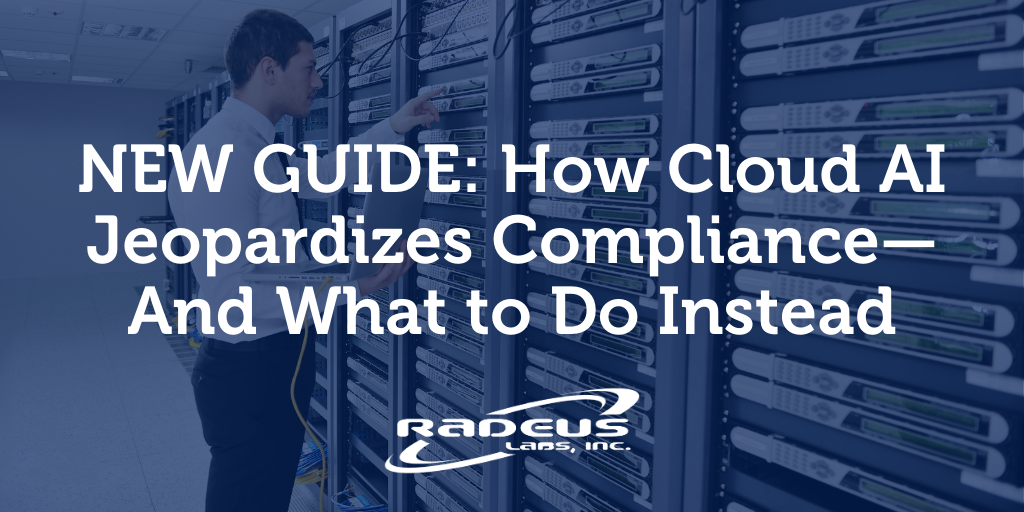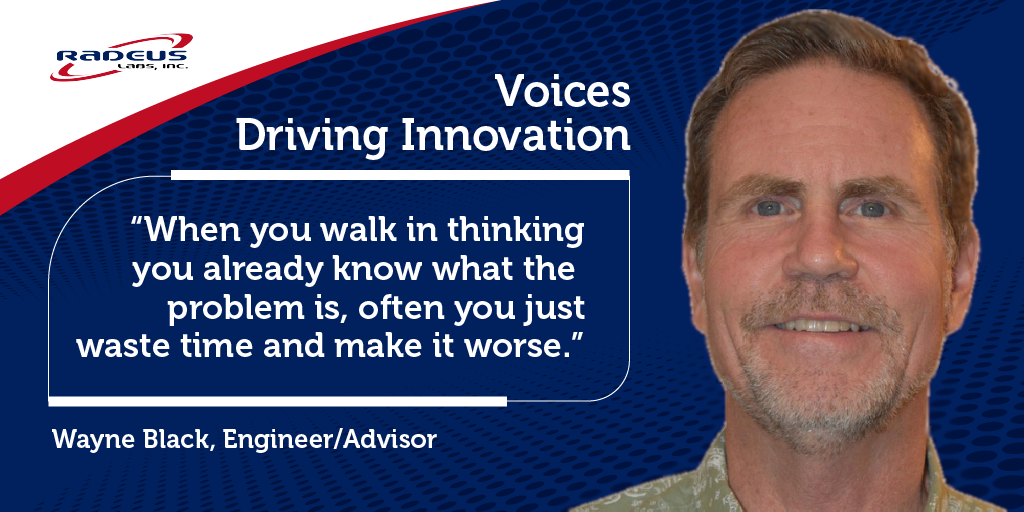You’ve seen the AI gold rush. Maybe your team’s already using it, running prompts through ChatGPT to summarize reports, brainstorm SOPs, or speed up code reviews. On the surface, it’s a win: faster output, less bottleneck.
But under the surface? You’re uneasy.
Because while AI feels like a productivity boost, it’s also introducing unpredictable new risks, especially for organizations handling sensitive data, supporting defense contracts, or managing DoD-related projects. Data is flowing into tools you didn’t vet. Models are being trained on inputs you can’t trace. Compliance questions are piling up faster than answers.
That’s why we created our new guide: AI Security & Compliance: Why Cloud Isn’t Always Safe Enough. This is a no-nonsense resource for IT managers and technical decision-makers who need to move fast and stay secure.
You’re Not Just Managing Tools, You’re Managing Exposure
Let’s be honest: the average AI deployment today is happening without a full security review. Employees are copying sensitive docs into public interfaces. Teams are automating workflows without understanding where the data goes. And cloud-based models? They’re black boxes at best, especially when it comes to logging, data retention, and usage policies.
 For companies working with the DoD or critical infrastructure providers, this isn’t just inefficient. It’s a potential contract risk.
For companies working with the DoD or critical infrastructure providers, this isn’t just inefficient. It’s a potential contract risk.
In fact, only 4% of defense contractors are fully prepared to meet the DoD’s minimum cybersecurity requirements under CMMC (Nextgov/NCW). That stat alone should give any IT leader pause—especially when AI is layered into environments already struggling to meet baseline compliance.
You’re already juggling a complex environment: Zero Trust initiatives, evolving CMMC requirements, pressure from leadership to “do something with AI.” But you also know: a breach caused by a cloud AI tool isn’t going to be excused as an honest mistake.
What You’ll Get From the Guide
This isn’t fluff or AI hype. In about 10 minutes, you’ll walk away with:
- A clear view of which compliance frameworks apply to your AI stack (CMMC, NIST AI RMF, ISO 27001, and more)
- A breakdown of real-world cloud AI risks, from prompt injection to model poisoning to vendor lock-in
- Concrete benefits of on-prem AI deployment (and why it doesn’t have to be complex or expensive)
- Practical first steps to evaluate and build your own secure, in-house AI environment
It’s Not Just About Defense, It’s About Control
Whether you’re running a small IT team or overseeing tech for a mid-size federal contractor, this guide will help you make smarter, risk-aware decisions. You’ll understand where cloud falls short, when on-prem is worth it, and how to protect your org’s data while still taking advantage of everything AI has to offer.
Download the guide now and get ahead of the compliance curve before it becomes a crisis.





